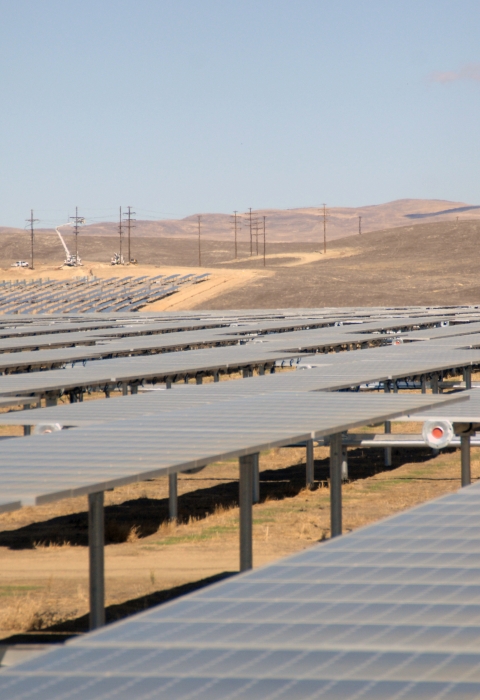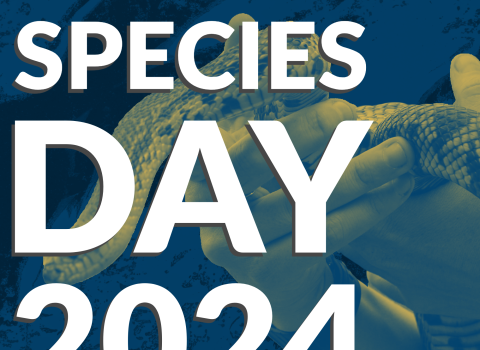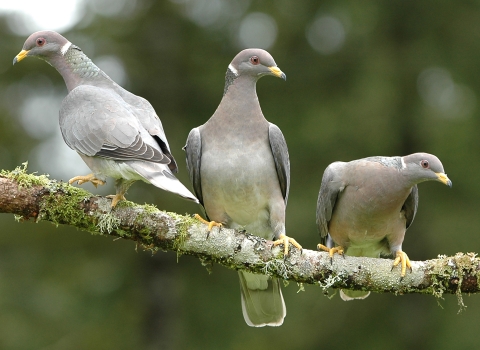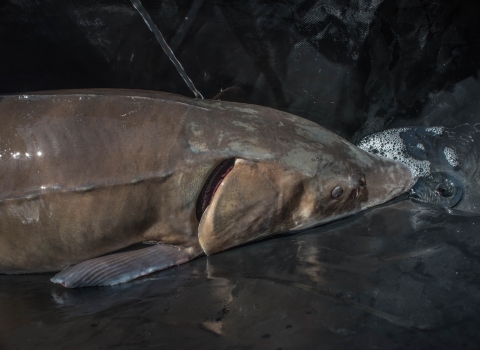Solar energy is one of the fasted growing sources of new energy development in the U.S. Solar energy systems convert radiant light and heat from the sun into electric energy. Photovoltaic (PV) and concentrating solar power (CSP) technologies are most commonly used to build large-scale, commercial solar power plants. Solar energy is a renewable source of energy and is important for helping the U.S. lessen dependence on fossil fuels for energy production and help the nation meet goals to curb climate change climate change
Climate change includes both global warming driven by human-induced emissions of greenhouse gases and the resulting large-scale shifts in weather patterns. Though there have been previous periods of climatic change, since the mid-20th century humans have had an unprecedented impact on Earth's climate system and caused change on a global scale.
Learn more about climate change .
How does solar energy impact migratory birds?
One of the primary forms of mortality from solar facilities occurs when birds collide with project infrastructure, including security fences, collector and generation tie lines, PV panels, and towers and mirrors at CSP facilities. Most bird fatalities are due to lack of visibility. Birds chasing prey or flying short distances can collide with fencing or lines which transfer electricity generated from the solar facility to a substation. Glare from panels or mirrors, polarized light, and night lighting can disorient birds or attract them to solar facilities. Electrocutions from distribution lines can also occur.
Can solar energy be good for birds?
Climate change is affecting habitats everywhere birds occur, and it is threatening or is expected to threaten the conservation of several migratory bird species. Solar energy is a renewable source of energy that can aid in reducing use of fossil fuels, which is a driver of climate change. While indirect, slowing climate change through renewable energy can have long-term beneficial impacts to migratory birds by giving habitats and species time to adapt, thus aiding in their conservation.
What can I do?
Burying or installing collector lines below PV panels, burying or co-locating generation tie lines with existing infrastructure, and limiting the length of new generation tie lines to 2 miles or less can help reduce collisions with birds. Fence marking is relatively inexpensive and can be effective for some birds like sage grouse and lesser prairie-chicken. All new powerlines should be constructed using avian-safe pole design to minimize the risk of electrocution. Vegetation management should be conducted outside of nesting season.
Library Documents



